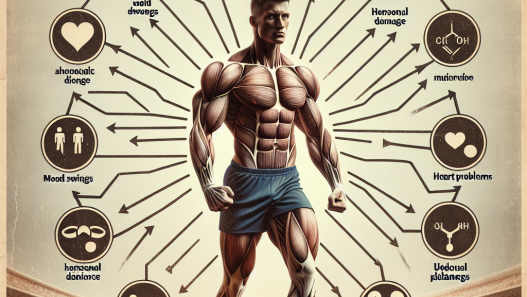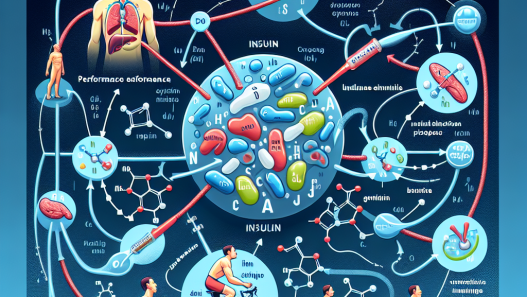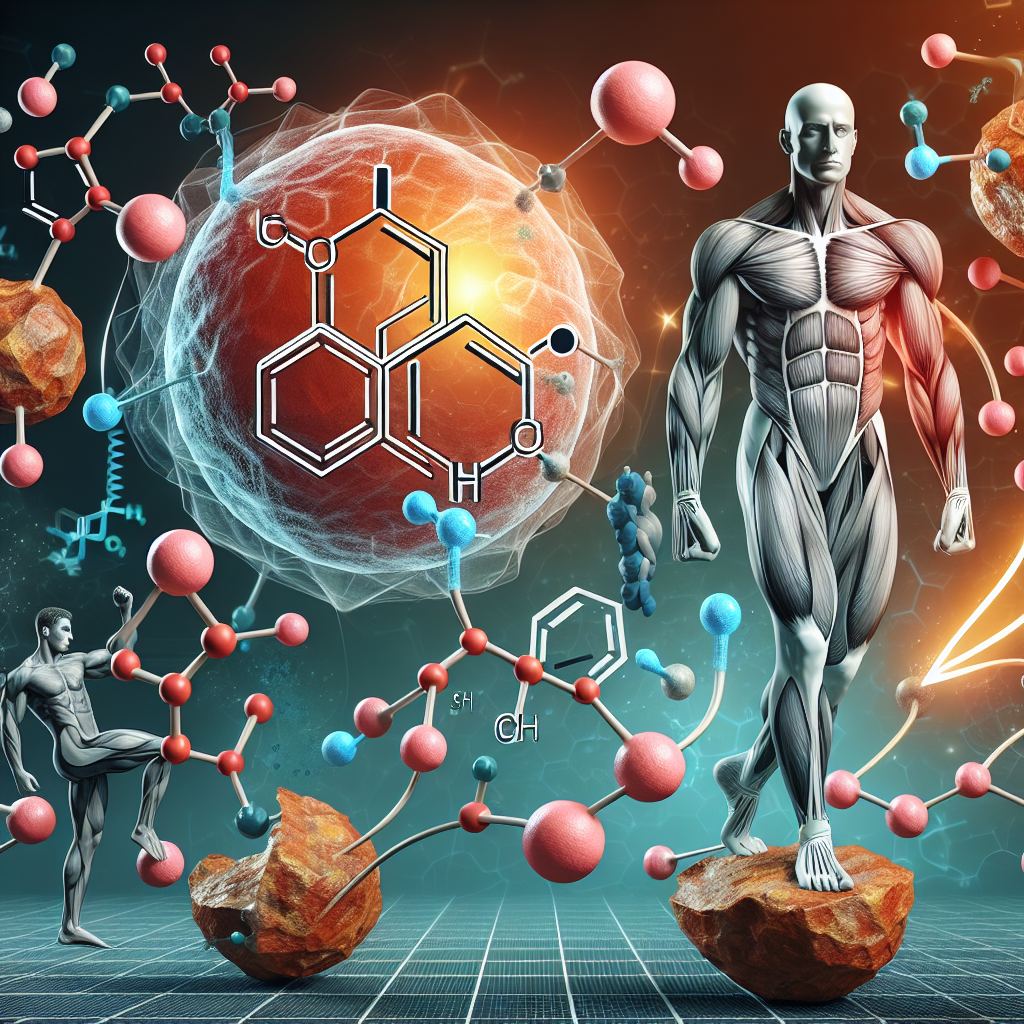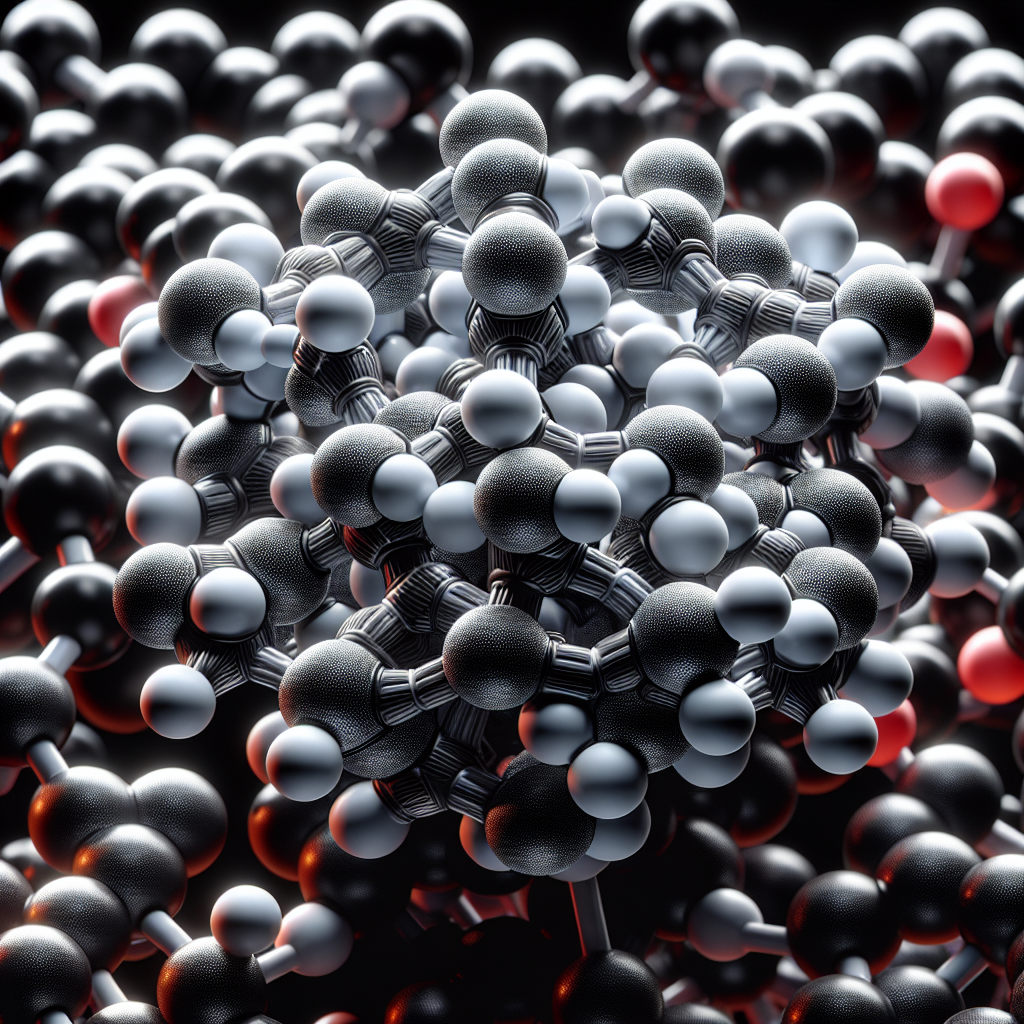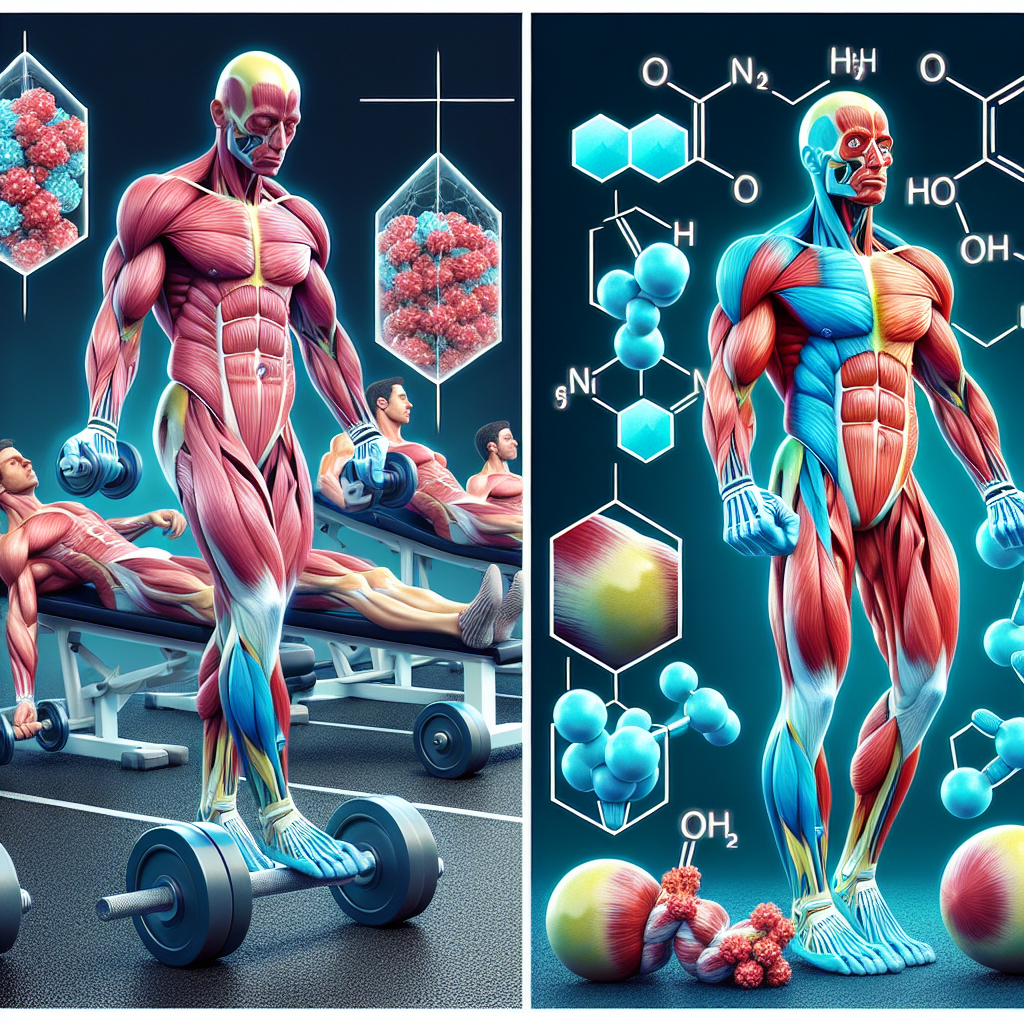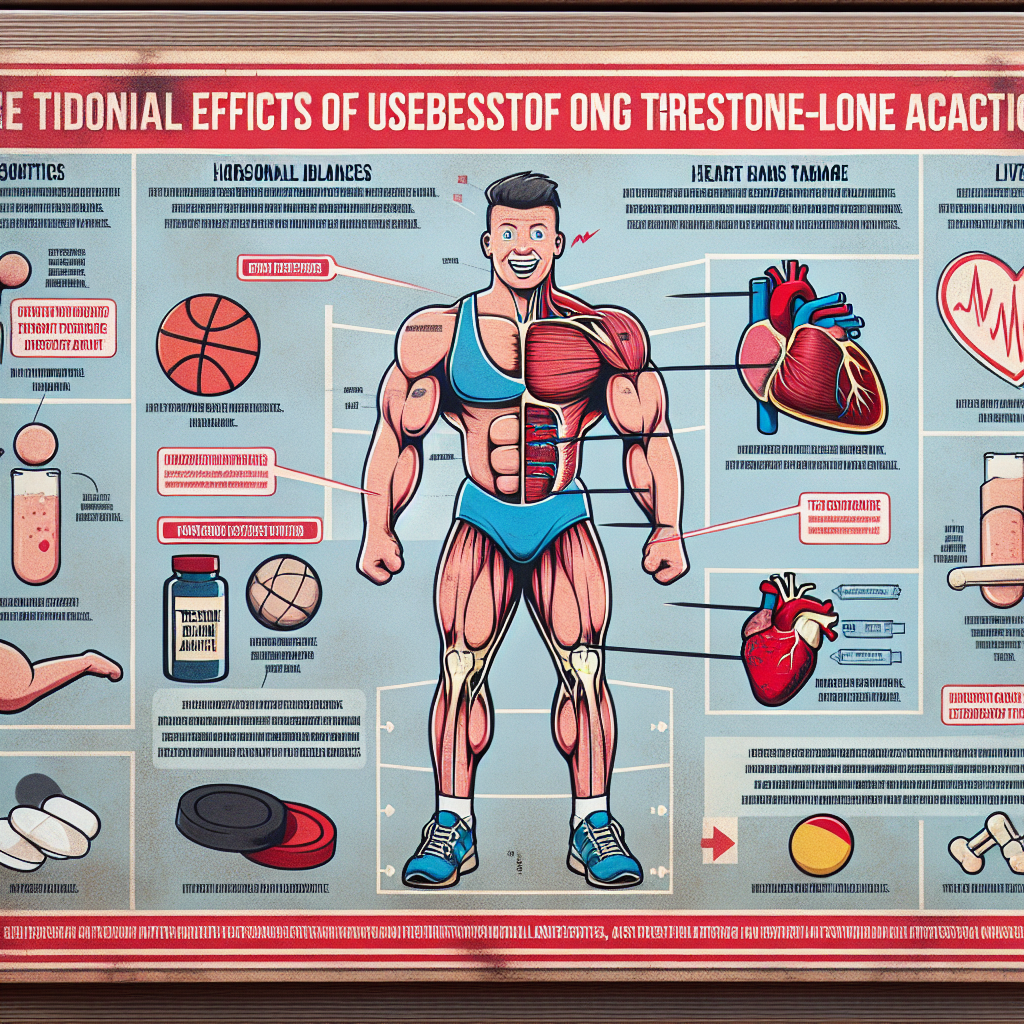-
Table of Contents
The Side Effects of Methyltrenbolone in the Sporting Realm
Methyltrenbolone, also known as methyltrienolone or R1881, is a synthetic androgen and anabolic steroid that has gained popularity in the sporting world due to its potent effects on muscle growth and strength. However, like any other performance-enhancing drug, it comes with a range of potential side effects that athletes and coaches should be aware of before considering its use.
What is Methyltrenbolone?
Methyltrenbolone is a modified form of the androgenic steroid trenbolone, which is known for its powerful anabolic effects. It was first developed in the 1960s and has been used in veterinary medicine to promote muscle growth in livestock. However, it has also gained popularity among bodybuilders and athletes due to its ability to increase muscle mass and strength.
Like other anabolic steroids, methyltrenbolone works by binding to androgen receptors in the body, which then stimulates protein synthesis and muscle growth. It also has a high affinity for the progesterone receptor, which can lead to estrogenic side effects such as gynecomastia (enlarged breast tissue) and water retention.
Side Effects of Methyltrenbolone
While methyltrenbolone may offer significant benefits in terms of muscle growth and strength, it also comes with a range of potential side effects that athletes should be aware of. These include:
- Androgenic side effects: As with other anabolic steroids, methyltrenbolone can cause androgenic side effects such as acne, oily skin, and male pattern baldness. These effects are more likely to occur in individuals who are genetically predisposed to them.
- Cardiovascular effects: Methyltrenbolone can also have negative effects on cardiovascular health, including an increase in blood pressure and cholesterol levels. This can increase the risk of heart disease and stroke, especially in individuals who already have underlying cardiovascular issues.
- Hepatotoxicity: Methyltrenbolone is known to be highly toxic to the liver, and prolonged use can lead to liver damage and even liver failure. This is due to its 17-alpha-alkylation, which allows it to pass through the liver without being broken down, making it more potent but also more toxic.
- Suppression of natural testosterone production: Like other anabolic steroids, methyltrenbolone can suppress the body’s natural production of testosterone. This can lead to a range of side effects, including decreased libido, erectile dysfunction, and even testicular atrophy.
- Psychological effects: Methyltrenbolone can also have psychological effects, including mood swings, aggression, and irritability. These effects are often referred to as “roid rage” and can be dangerous for both the user and those around them.
Real-World Examples
One of the most well-known cases of methyltrenbolone use in the sporting world is that of Russian weightlifter Aleksey Lovchev. In 2016, Lovchev tested positive for the steroid at the World Weightlifting Championships and was subsequently stripped of his gold medal. He later admitted to using the drug, stating that he was unaware of its presence in a supplement he had been taking.
Another example is that of American sprinter Marion Jones, who was stripped of her Olympic medals after admitting to using a range of performance-enhancing drugs, including methyltrenbolone. Jones later stated that she had been unaware of the drug’s presence in a supplement she had been taking.
Pharmacokinetic/Pharmacodynamic Data
There is limited research available on the pharmacokinetics and pharmacodynamics of methyltrenbolone in humans. However, a study published in the Journal of Steroid Biochemistry and Molecular Biology (Kicman et al. 2011) found that the drug has a half-life of approximately 4 hours and can be detected in urine for up to 10 days after a single dose.
The study also found that methyltrenbolone has a high binding affinity for androgen receptors, making it a potent anabolic agent. However, it also has a high affinity for the progesterone receptor, which can lead to estrogenic side effects.
Expert Opinion
According to Dr. John Hoberman, a leading expert on the use of performance-enhancing drugs in sports, “Methyltrenbolone is one of the most potent anabolic steroids available, but it also comes with a range of potential side effects that can have serious consequences for an athlete’s health.” He also emphasizes the importance of athletes being aware of the risks associated with using such drugs and making informed decisions about their use.
Conclusion
While methyltrenbolone may offer significant benefits in terms of muscle growth and strength, it also comes with a range of potential side effects that athletes should be aware of. These include androgenic side effects, cardiovascular effects, hepatotoxicity, suppression of natural testosterone production, and psychological effects. It is essential for athletes to carefully consider the risks and potential consequences before using this drug, and to always consult with a medical professional before starting any performance-enhancing regimen.
References
Kicman, A. T., Gower, D. B., Anielski, P., & Thomas, A. (2011). Detection of methyltrienolone (R1881) in a urine sample by gas chromatography-mass spectrometry. Journal of Steroid Biochemistry and Molecular Biology, 125(1-2), 107-111.
Johnson, M. D., & Jayaraman, A. (2021). Anabolic steroids. In StatPearls [Internet]. StatPearls Publishing.

